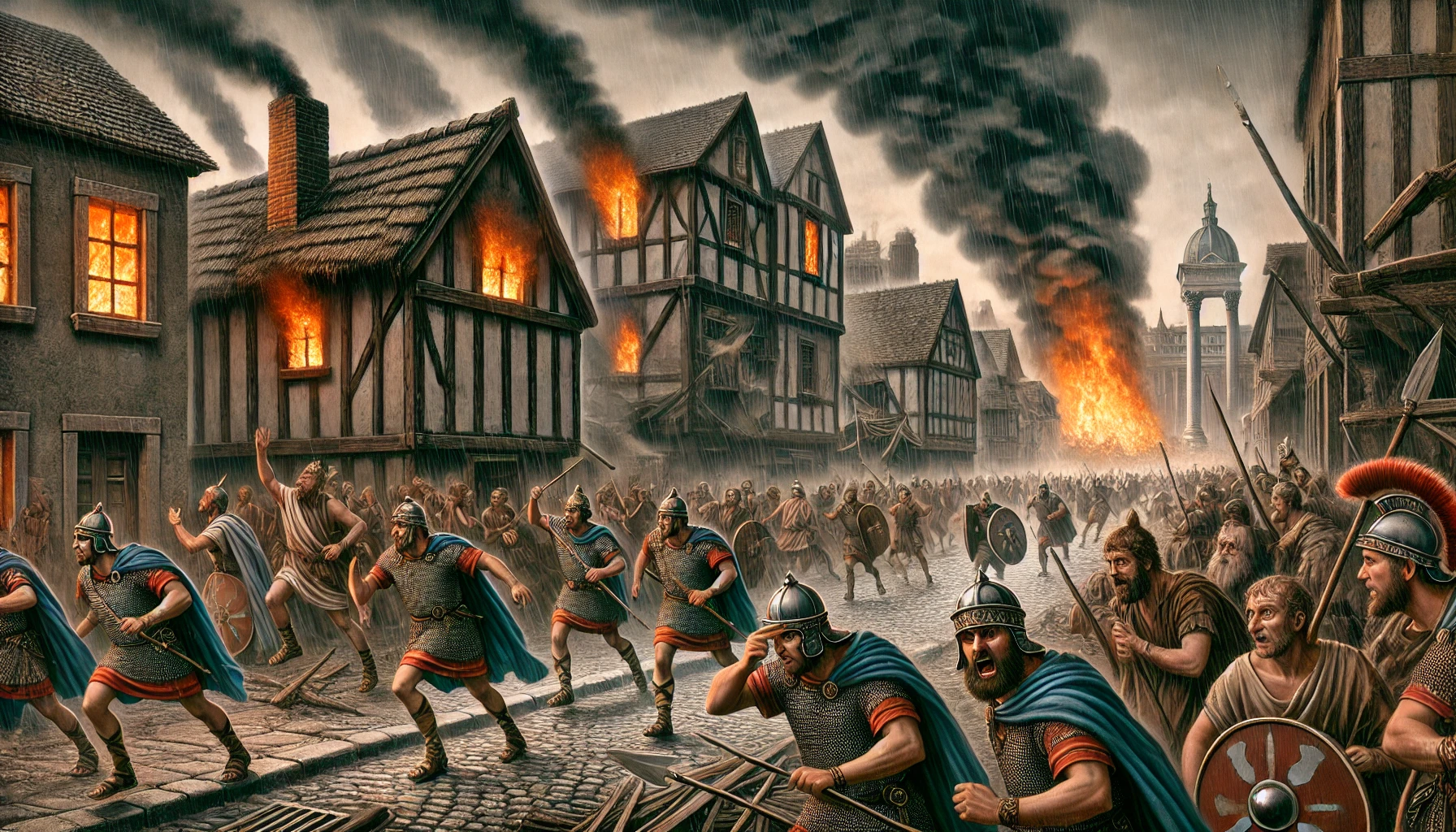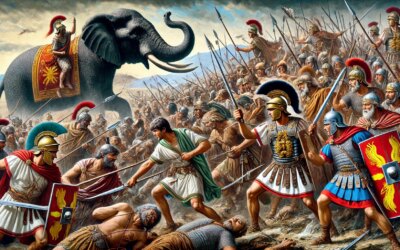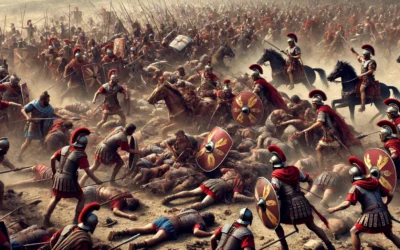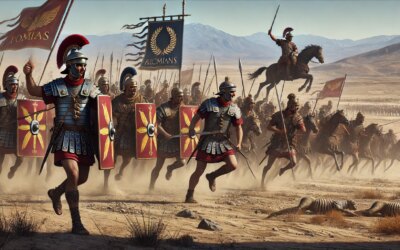A Fateful Invasion
In the summer of 390 BCE, Rome suffered one of the greatest humiliations in its early history. A formidable army of Gauls, led by the chieftain Brennus, stormed into the city, looting, burning, and laying waste to what was then a relatively small but growing power in central Italy. The Sack of Rome was a defining moment, leaving scars on Roman memory and shaping their military strategies for centuries to come.
The Gauls Arrive in Italy
The origins of this devastating invasion can be traced to the migration of the Gauls from their homeland in what is now modern France. These Celtic warriors had been moving southward in search of new territories, bringing them into conflict with the Etruscans and, eventually, the Romans. In 391 BCE, the Senones, a Gallic tribe led by Brennus, clashed with the Etruscans near Clusium, a city allied with Rome. When the Romans intervened on behalf of Clusium, they unknowingly provoked the wrath of the Gauls.
The Battle of the Allia
Rome’s attempt to stop the advancing Gauls culminated in the Battle of the Allia, fought on July 18, 390 BCE (a date that would forever be remembered as a day of ill omen by the Romans). The Roman army, inexperienced in dealing with the swift and aggressive Gallic warriors, was utterly routed. The survivors fled back to Rome, leaving the city virtually defenseless.
The Sack of the Eternal City
With no real resistance left, the Gauls marched into Rome, encountering little opposition. They looted homes, temples, and public buildings, slaughtering those who had not fled. Many Roman citizens sought refuge on the Capitoline Hill, the last stronghold of Roman defense. Meanwhile, the rest of the city was put to the torch, marking the first time in history that Rome had been completely overrun by a foreign enemy.
The Legend of the Sacred Geese
As the siege of the Capitoline dragged on, a famous legend arose. One night, the Gauls attempted to scale the hill under the cover of darkness. The Roman guards were unaware of the danger, but the sacred geese of Juno, kept at the temple, began squawking loudly, alerting the defenders. Thanks to this unlikely alarm, the Romans repelled the attack and managed to hold out a little longer.
“Vae Victis” – Woe to the Vanquished
After months of siege and starvation, the Romans had no choice but to negotiate their survival. Brennus is said to have demanded a hefty ransom of 1,000 pounds of gold. According to Roman historian Livy, when the Romans protested that the Gauls were using unfairly weighted scales, Brennus threw his sword onto the balance and uttered the infamous words, “Vae victis” – “Woe to the vanquished.” Rome was forced to pay the ransom to rid itself of the Gauls.
Rome Rebuilds and Learns
Though humiliated, Rome emerged from the sack with an unbreakable resolve. The city was rebuilt quickly, with stronger walls erected to prevent future invasions. More importantly, the Romans adopted military reforms that would shape their future conquests. They abandoned their old, rigid battle formations in favor of more flexible strategies, ensuring that they would never be caught off guard by an enemy like the Gauls again.
A Lasting Impact on Roman Identity
The memory of the Sack of Rome lingered in Roman consciousness for centuries. It fueled their deep-seated fear of the Gauls and justified Rome’s later wars against the Celtic tribes. The defeat at the Allia and the humiliation at the hands of Brennus taught the Romans valuable lessons in military preparedness, discipline, and the importance of unity.
From the ashes of 390 BCE, Rome rose stronger, more determined, and ultimately unstoppable. What had been a devastating loss became the catalyst for the city’s future dominance, proving that even in their darkest moments, the Romans would not be broken.






